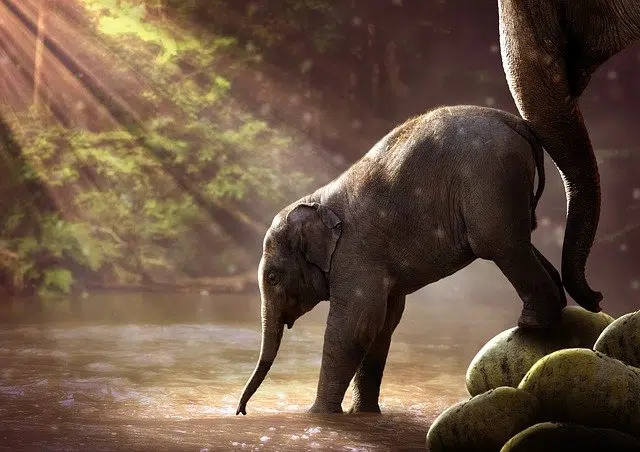
Teaching usually involves the transmission of knowledge from one person to another.
Teaching is the action and effect of teaching (instructing, indoctrinating and training with rules or precepts). It is the system and method of giving instruction , formed by the set of knowledge, principles and ideas that are taught to someone.
Teaching involves the interaction of three elements: the teacher , teacher or teacher ; the student or student ; and the object of knowledge . The encyclopedist tradition assumes that the teacher is the source of knowledge and the student, a simple unlimited recipient of it. Under this conception, the teaching process is the transmission of knowledge from the teacher to the student, through various means and techniques.
However, for current trends such as cognitive , the teacher is a facilitator of knowledge, acting as a link between the teacher and the student through an interaction process. Therefore, the student is committed to his learning and takes the initiative in the search for knowledge.
How the teaching process is carried out
Teaching as the transmission of knowledge is based on perception , mainly through speaking and writing . The teacher 's presentation, the support of texts and the techniques of participation and debate among students are some of the ways in which the teaching process is carried out.
With scientific advances, teaching has incorporated new technologies and makes use of other channels to transmit knowledge, such as video and the Internet . Technology has also enhanced distance learning and interaction beyond sharing the same physical space.

Teaching is also key in animals.
The importance of the channel
All this adds an element that is also fundamental to the pillars of teaching: the channel . If we take school education in the mid- or late 20th century as a reference point, books and the air itself were the main channels through which the student received knowledge, both written and oral. The need to be present in the same physical space as the teacher imposed certain limits that made the experience impossible if the geographical distance between them was excessive.
The arrival of the video call, on the other hand, changed everything. Not only does it allow us to stay in touch with our loved ones during a trip but it completely negates the need to be in the same geographical location for almost any activity, including of course teaching. Over the years, the amount of homework and the agility of online lessons has advanced considerably since its inception, increasingly breaking down the barriers between them and in-person lessons.
Therefore, the combination of advances in areas such as psychopedagogy , computing and telecommunications opened the doors to new teaching methods, which minimize the hierarchical distinction of the past and maximize the importance of the tools, both for the teacher as for the student. The Internet not only allows the student to receive tutoring from people around the world, but also to connect with other students to share experiences or to expand on academic explanations that they have not fully understood in class.
Teaching today
In this way, teaching is no longer an exclusive task of the teacher but also of any person who wishes to help others enter a field of knowledge . This turn that education has taken in recent decades may seem modern or impossible in an ancient society, but in reality it reminds us that the transmission of knowledge is a natural and obligatory activity for the preservation of the species .
Today, therefore, everyone is involved in the process to a similar degree as the first human beings, who had not yet shared power among a few.
Philosophy teaching
Philosophy is a discipline whose teaching entails various difficulties, especially due to the complexity of the topics it addresses. We consulted in this regard with the teacher, writer and popularizer David Pastor Vico , who works for the National Autonomous University of Mexico ( UNAM ), is a consultant at SM Ediciones México and a lecturer and author for the Planeta publishing house.
The obstacles, as such, are varied and complex; from the lack of specific historical training of the student on the space-time framework that surrounds the activity of the authors that are discussed, the difficulty of abstraction and ideological detachment of the student himself when studying a specific current, etc... But really we We, philosophy professors, tend to be the most difficult obstacle to overcome. The good teacher who teaches by vocation must be able to bring the student's here and now closer to the thoughts of someone who may have been dead for a couple of centuries or millennia and make him or her see that many of these issues are not so far from their own concerns and that Furthermore, they tend to be part of their daily reality, precisely because these authors proposed it that way and they continue to be in force today. But perfect worlds do not exist, nor do perfect teachers, I am the first to falter!, and there are times when we turn this beautiful discipline into a boring and barren wasteland, and we do not miss the truth in this garden that is the philosophy where we should think, reflect and rejoice in being able to do so.
David Pastor Vico
